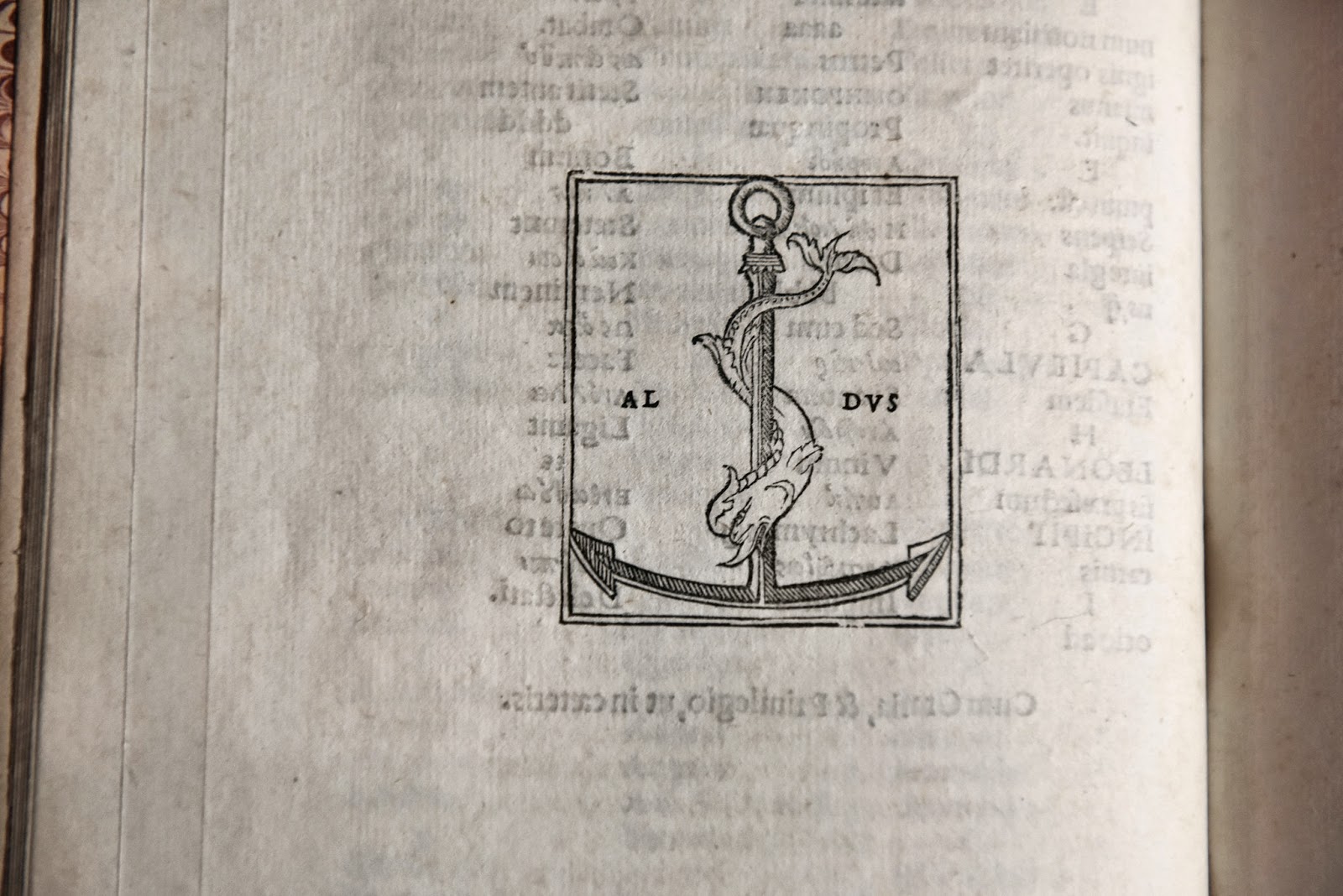 |
|
The Aldine press closed for good in 1597, after releasing
nearly a thousand titles. Its dolphin-and-anchor colophon, which reflected
Aldus’s twin objectives of speed of production and steadiness of purpose, is
still used today by the publisher Doubleday.
|
 |
|
In its early years, the press also printed grammars and
lexicons, including this 1501 Latin grammar written by Aldus himself, with an
appendix showing his early experiments with Hebrew typography
|



No comments:
Post a Comment